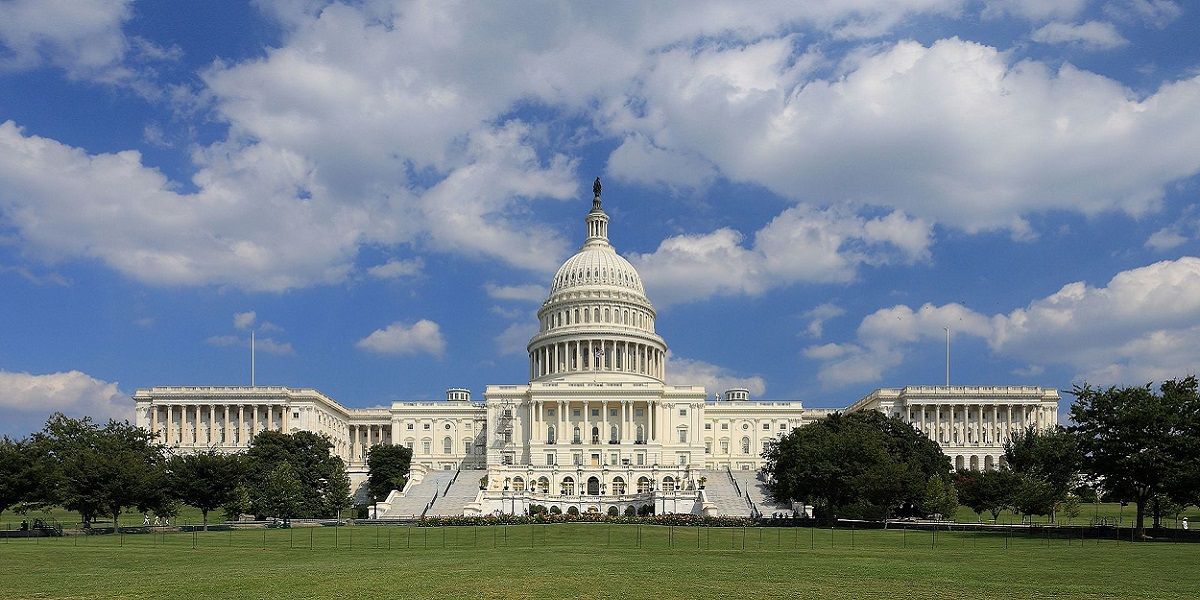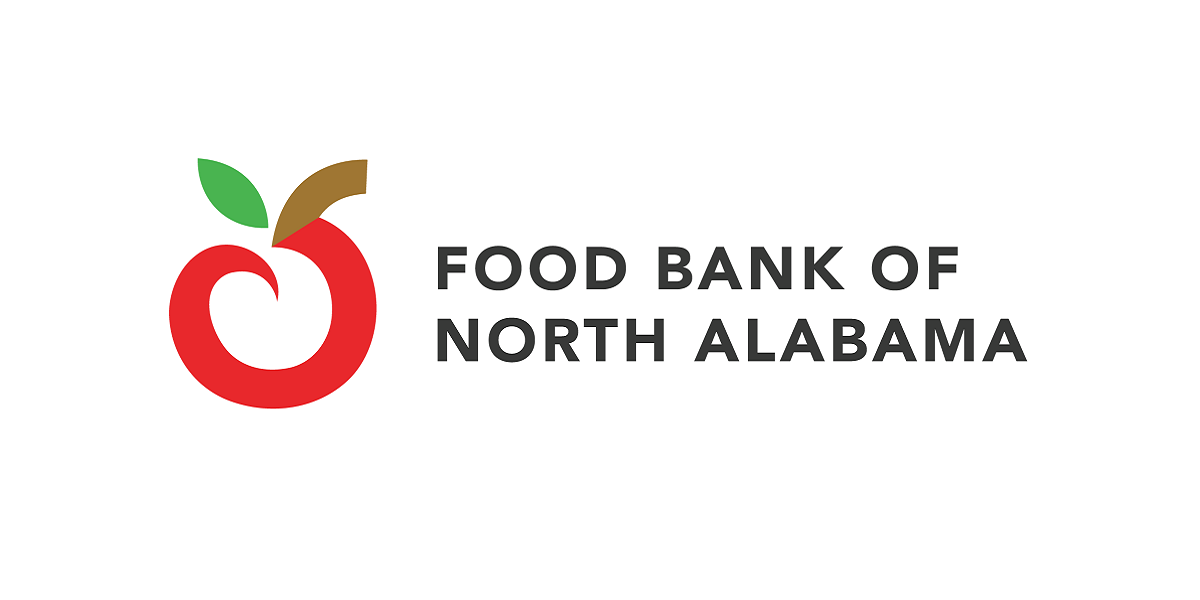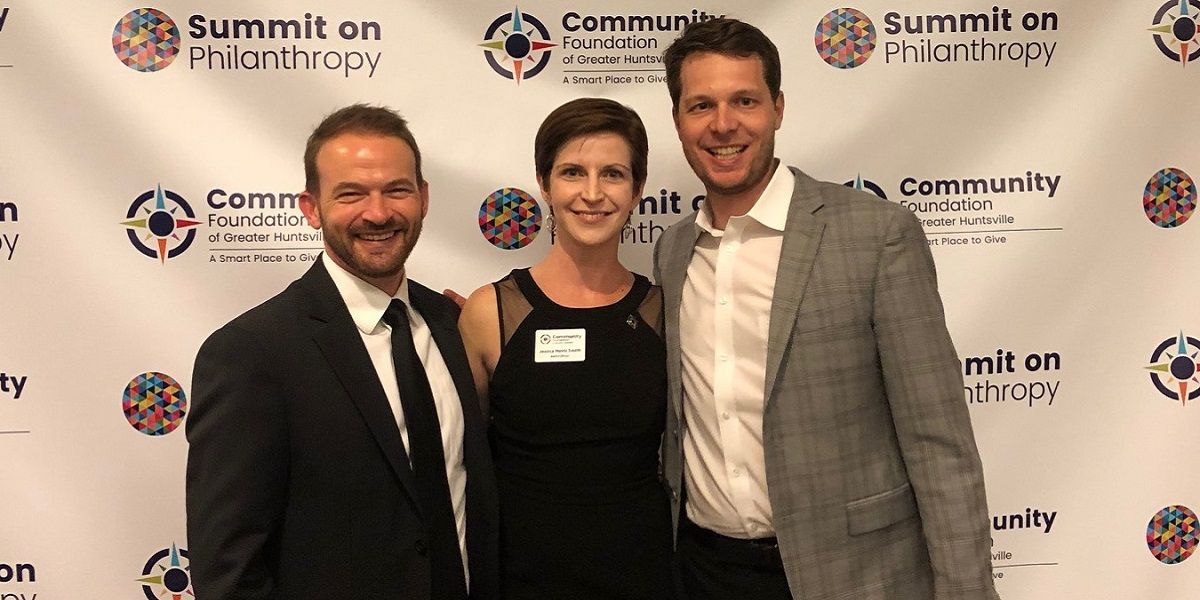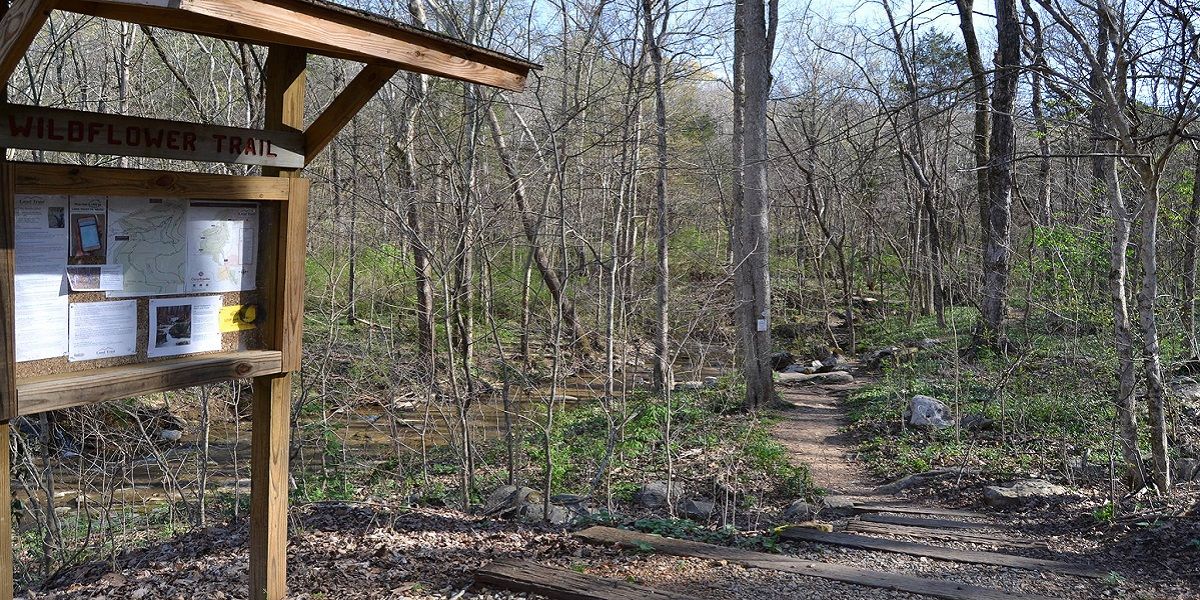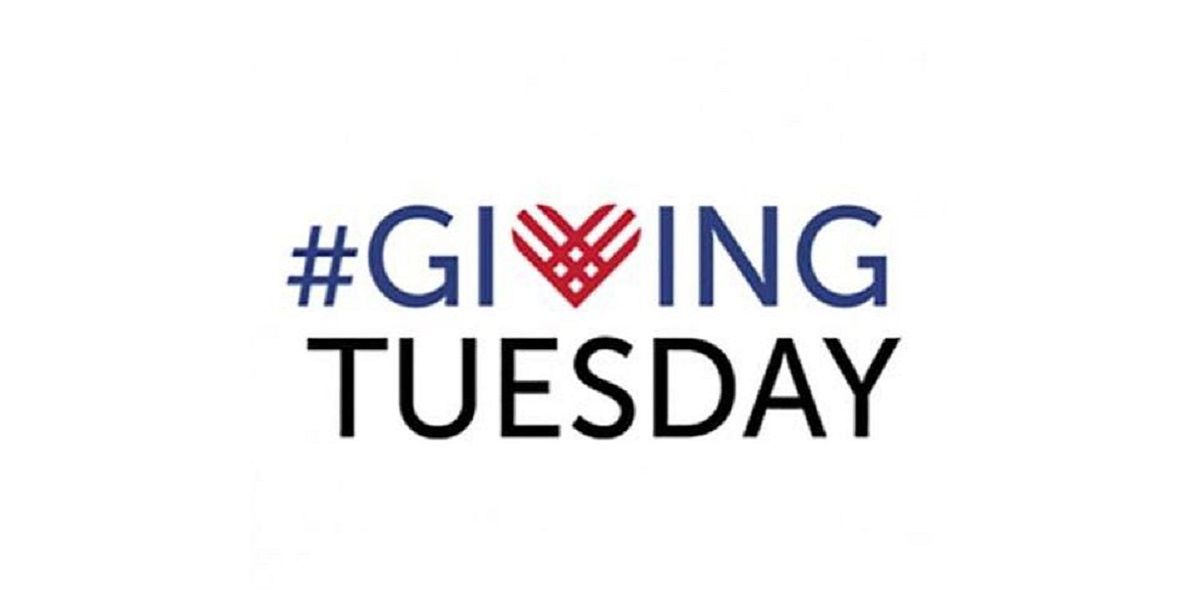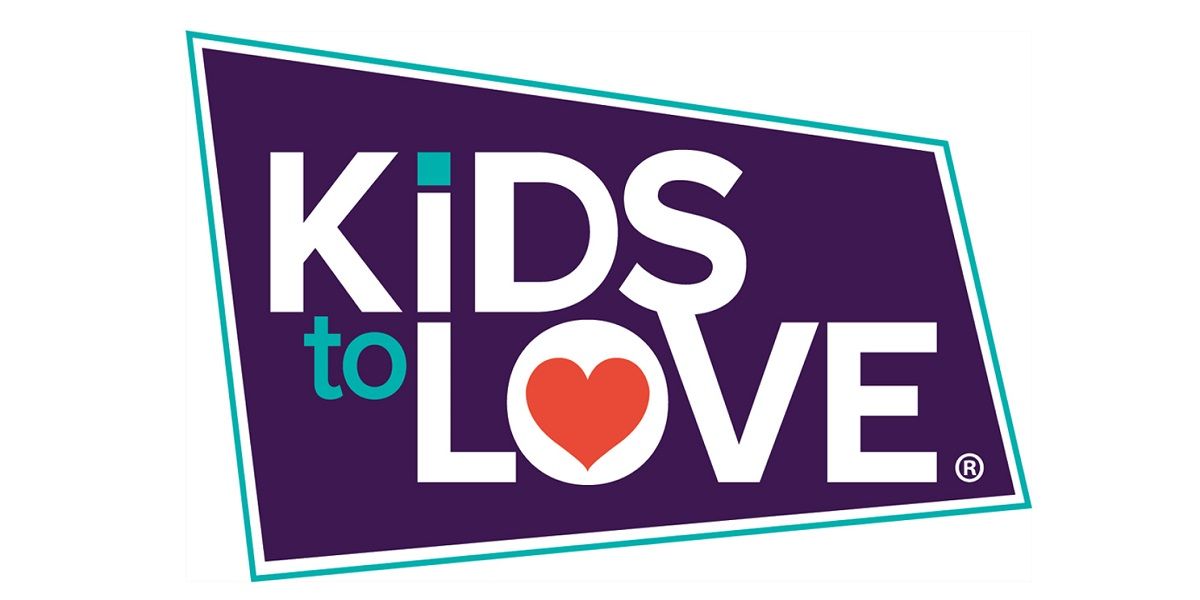Category: Philanthropic Planning
Over the summer of 2019, the House of Representatives passed the bipartisan Setting Every Community Up for Retirement Enhancement (SECURE) Act. On December 19, 2019, the Senate passed the bill, and...
2019 HudsonAlpha Tie the Ribbons Event
Jessica, Lauren, and Debbie attended the 2019 Tie the Ribbons event held at the VBC North Hall. The annual event was informational and moving, as always.
HudsonAlpha Institute for Biotechnology‘s...
Guest Post: Planned Giving with Food Bank of North Alabama Development Director, Bobby Bozeman
Considering where you’re reading this, I’m going to assume that
you already have a pretty good idea of why planning gifts to non-profits,
whether from your retirement plan or a bequeath from your will...
Community Foundation of Greater Huntsville’s 2019 Summit on Philanthropy
Longview team members, JJ, Jessica, and Andrew recently
attended the Community Foundation
of Greater Huntsville’s Summit on Philanthropy. The Summit is “an annual celebration of our community’s
generosity...
Guest Post: A Look into Conservation Easements with Land Trust of North Alabama Executive Director, Marie Bostick
Today’s guest post is by Marie Bostick, Executive Director of Land Trust of North Alabama.
Many different strategies may be employed to conserve land including, donations, bargain sales,...
Five Keys to Determine the Effectiveness of a Nonprofit
We just celebrated one of my favorite days of year – Giving Tuesday. It is one of my favorite days because, perhaps even more so than on Christmas, it is a reminder to think outside of ourselves....
Bridging the Generation Gap: Using Philanthropy to Create Successful Families
Everywhere you turn, it seems like we are hearing about the differences in generations. It is almost certain that if I attend an educational conference, there will be at least one session about how...
The Women’s Endowment – For Women By Women
The Women’s Endowment – For Women By Women
The Community Foundation of Greater Huntsville recently launched a new initiative established for women by women. The Women’s Endowment “is Huntsville’s first...
2017 Kids to Love’s Denim & Diamonds
Longview proudly served as the Presenting Sponsor for
Kids to Love’s inaugural Denim & Diamonds event held on Saturday, April
29th, 2017.
The Denim & Diamonds event was held...
Cash Isn’t Always King
Whether in
the business or investment world, you’ve undoubtedly heard the phrase “cash is
king.” The idea is that cash may be the best investment because it gives you
options. Whether it is the opportunity...
